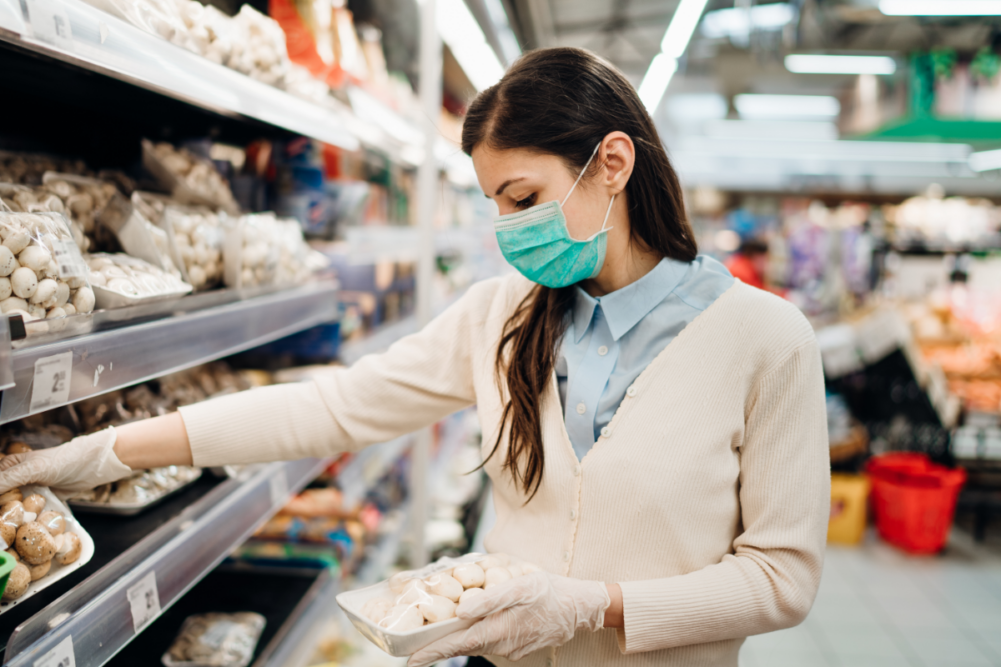 KANSAS CITY — The nearly year-long surge in the demand for cleaning supplies reinforces how the coronavirus (COVID-19) pandemic is redefining consumer perception of cleanliness and even safety. These perceptions extend beyond personal and household cleanliness to where consumers shop and what they buy. Even with a vaccine and the sunset of the pandemic on the horizon, the virus may have a lasting impact on what consumers expect from food and beverage manufacturers and purveyors.
KANSAS CITY — The nearly year-long surge in the demand for cleaning supplies reinforces how the coronavirus (COVID-19) pandemic is redefining consumer perception of cleanliness and even safety. These perceptions extend beyond personal and household cleanliness to where consumers shop and what they buy. Even with a vaccine and the sunset of the pandemic on the horizon, the virus may have a lasting impact on what consumers expect from food and beverage manufacturers and purveyors.
Many COVID-specific market shifts have been well documented. Use of e-commerce to order deliveries of groceries and restaurant meals has risen sharply. Restaurant operators with established drive-thru and pick-up operations have fared much better than those competitors without.
The International Food Information Council Foundation’s annual Food and Health Survey has tracked consumer food safety concerns for years, and up until this year the top four concerns have reliably been foodborne illness, chemicals in food, carcinogens or cancer causing chemicals in food, and pesticides. In 2020, “food handling/food preparation related to risk of COVID-19” was cited most often as the No. 1 safety concern.
This fear has translated into added demand for case-ready meats and packaged fresh produce, applications that reduce product handling through the supply chain. This preference shift is to be expected given the life altering changes the pandemic has brought to large swaths of the population.
During the spring and fall of this year, Intouch Insight, a customer experience management software company for restaurant operators, surveyed consumers about how COVID-19 has changed how they interact with restaurants. In May, the top three consumer priorities were improved cleanliness, better online ordering and employees wearing safety apparel. In October, the order had shifted to ensuring customers wear masks/face covers in the top spot followed by improved cleanliness and better online ordering.
The surveys also found that utilization of self-serve condiments, coffee bars, self-dispensed drinks, food items from self-serve bakery cases and roller grills continue to decline. The authors of the report recommended operators reimagine how the communal spaces are used and what they are used for. One suggestion included using the space to create more efficiency for takeout and pick-up operations.
“Trends observed in the spring around shifts to online ordering and curbside pick-up continue to be expected by consumers, and businesses need to ensure these services are part of their ongoing operations,” said Cameron Watt, president and chief executive officer. “It will be vital for restaurants to continue listening to their customers to understand how to adapt their business models going forward. Regardless of when and how business returns to normal in a post-COVID world, new habits adopted by consumers are likely here to stay.”
It is to be expected post-pandemic the elevated demand for household cleaning products will moderate from the highs earlier this year. But it also is reasonable to expect demand will remain well above historical averages for some time as consumers continue to redefine what they consider clean and safe. The same should be expected regarding where and how they shop and what they buy.





